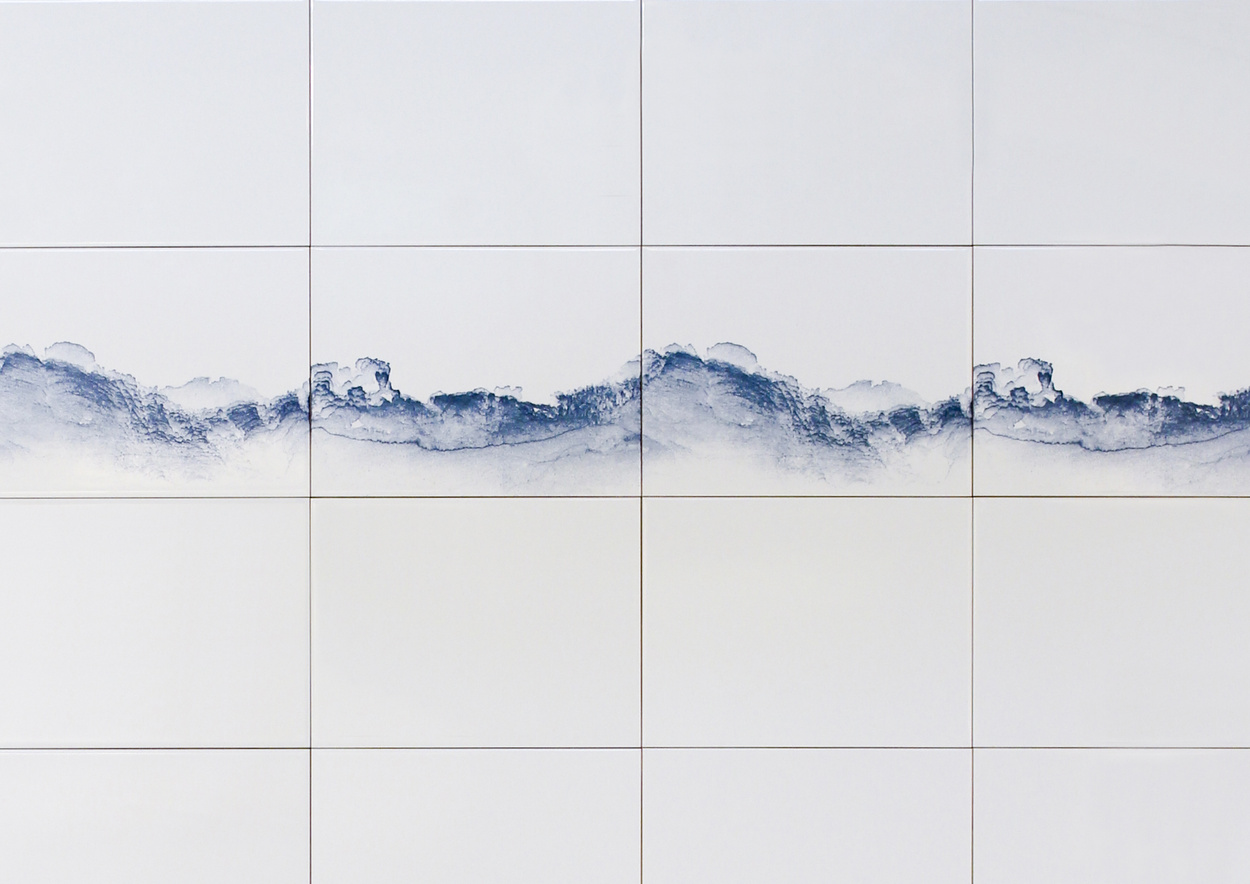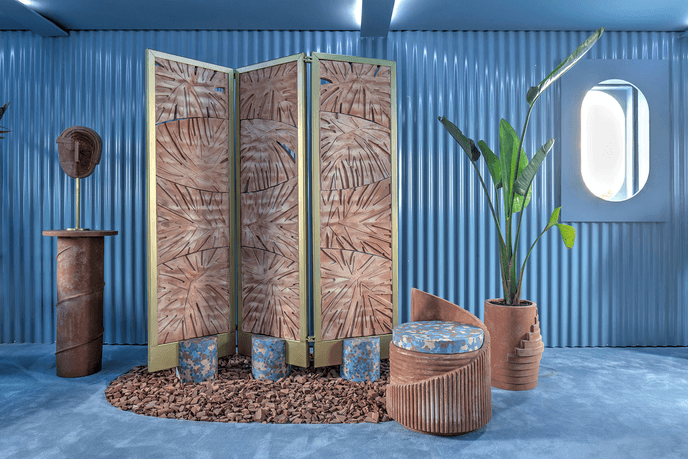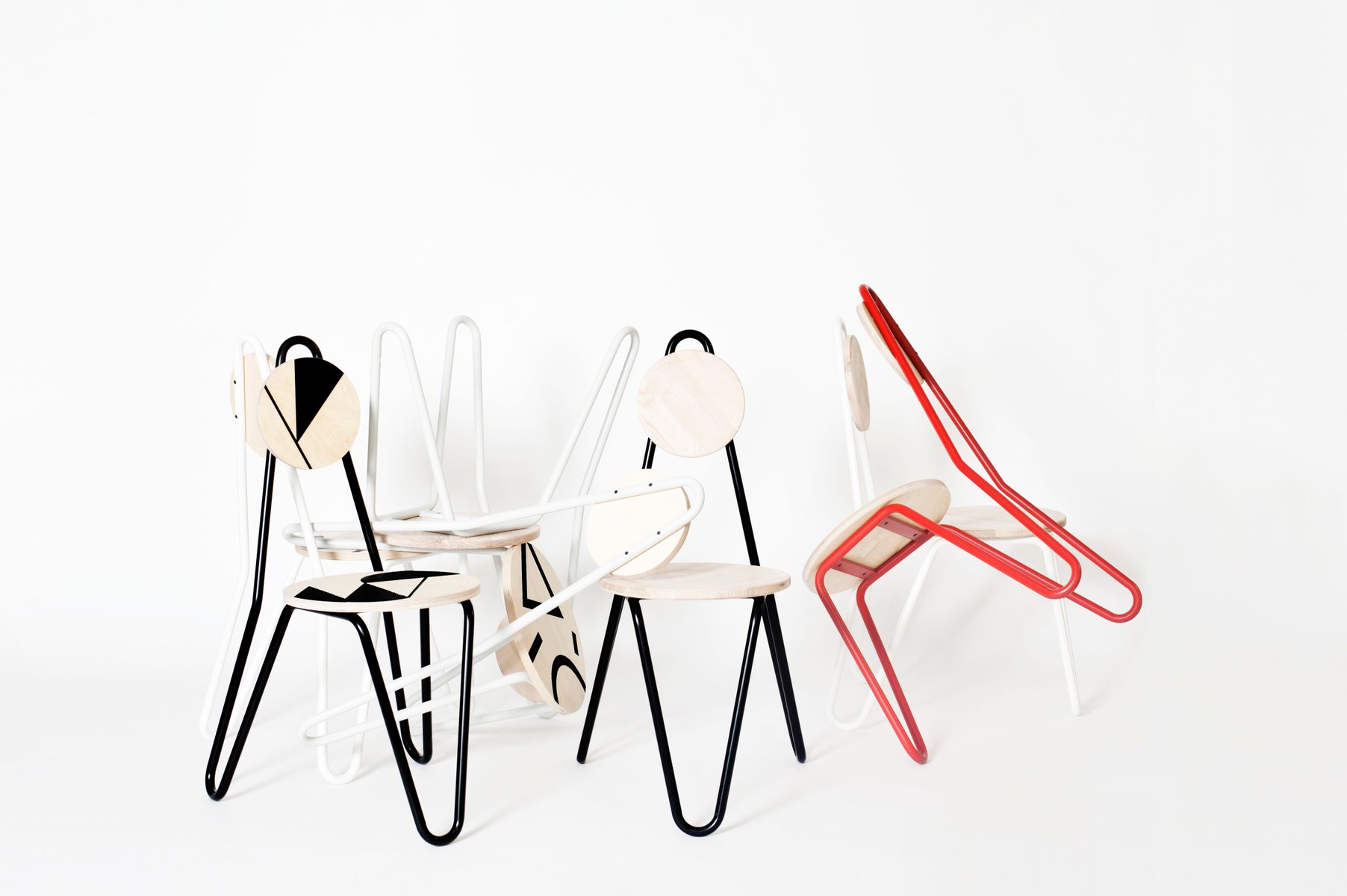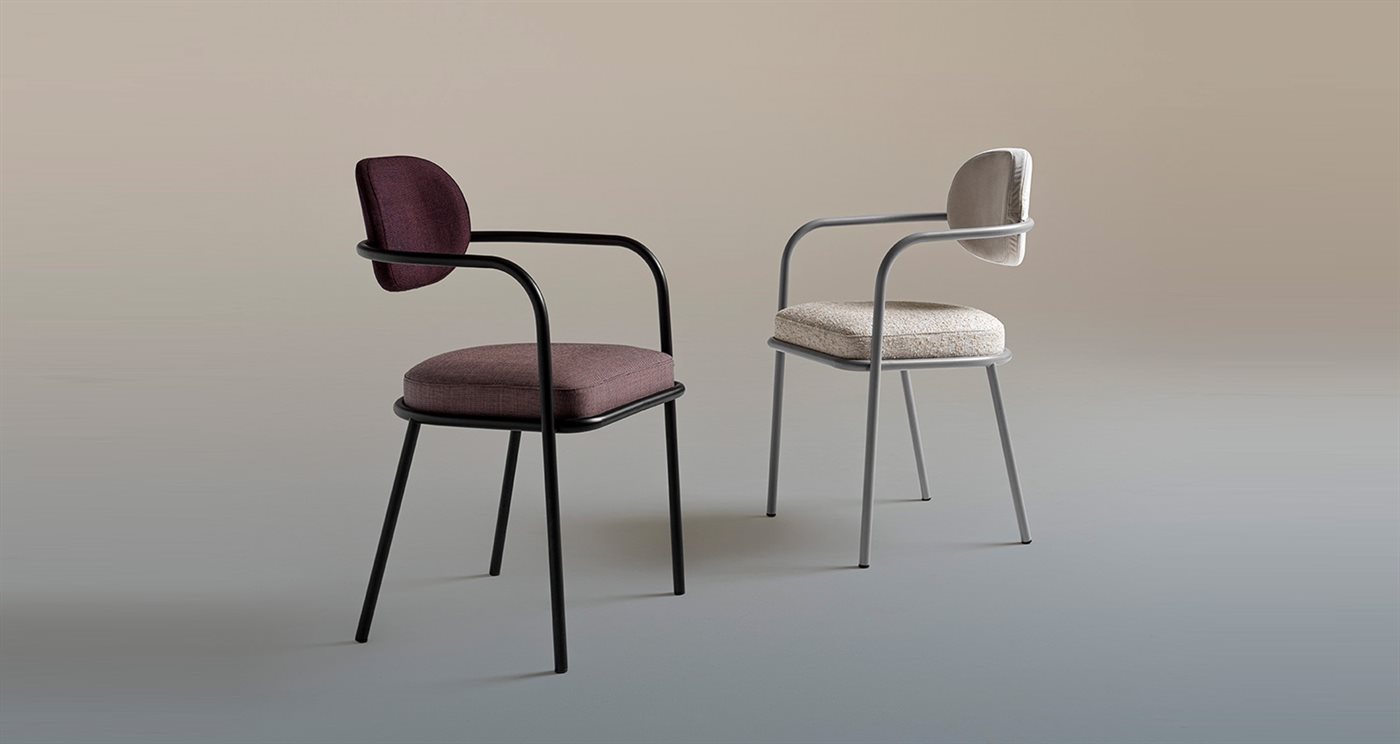
Top Decor | The Beauty of Craftsmanship in Interior Design
The artistry of craftsmanship in interior design and decoration is an art form which has become endangered in our Industrial Age of mechanization, commercialism, and global trade. Craft means to make a product with care, skill, and ingenuity. A craftsperson is someone who sees what they do as a science and an art. They create products with passion, pride, and care. And they are constantly searching for ways to improve their artform. Craftsmen and women are constantly exploring their domain and are deeply connected to their work.
When looking at the world of retail the loss of craftsmanship becomes apparent with H&M and Zara’s dominating shopping streets and clothing lines produced for the masses. Ikea has equally obliterated independent artisans of the interior decoration and furniture worlds, with production that is incomparably fast and cheap. Craftsmen and women of the past would produce a single piece by hand, scrutinize it and return to the worktable to improve it to perfection. Every item was made exactly as the designer had intended and was perfectly unique. No other piece would be exactly the same.
With the repercussions of mass production knocking at our door, it is time we reposition our values and revive the lost art of things made-by-hand. By supporting artists over corporations, you are respecting the value of materials, the value of labor, and the value of time. Craftspeople create from a place of passion not a place of greed. Buy less and feel like you have more with pieces whose purpose and style are seamlessly interwoven which will last a lifetime. Embrace designers who work in harmony with nature and make beautiful design objects, not disposable things.
We have selected a shortlist of international, independent producers, craftspeople and enlightened manufacturers who are emerging as an autonomous force in contemporary design. Support innovation and celebrate a new generation of designers on the rise. These makers are at the forefront of a movement that is challenging the traditional chain of production and distribution.
Khaled El Mays (Beirut, Lebanon)
Lebanese designer Khaled El Mays whose work encompasses traditional craftsmanship and a consciousness for luxury within an innovative contemporary framework. Since 2014, El Mays has been lecturing at the Lebanese University alongside running his Atelier. The multi-disciplinary studio divides its energies between two sides of manufacturing, both which aim at supporting the local community. Working with local craftsmen in the Bekaa Valley allows traditional businesses to grow or maintain their structures and pieces evolve organically between the artisans and the designer. Secondly, El Mays ensures that the designs are processed formally in the most luxurious way, using only the finest materials and the best suppliers available.
El Mays’ furniture designs are based on repetitive sequential shapes, and always maintain a unique balanced composition. His work stands for a linguistic code of his own culture. Using symbols and visual information to communicate complex heritage. From the architectural wonder of the open forms to the diagonal lines that intersect and diverge, historical references and ribbed vaults make El Mays designs objects of art. As part of the residence progress of EDIT Napoli, El Mays has worked with artisans from the Quartieri Spagnioli, a working-class area with long-standing traditions in leather and ironwork. He created a small collection of coffee tables, which feature Mediterranean and Middle Eastern architectural references, serving as a reminder of the cultural connections between the two regions.


Anna Badur (Berlin, Germany)
Berlin-based designer Anna Badur is an independent designer creating furniture, textiles and home decorative accessories inspired by natural elements and processes. Badur graduated with a B.A. of Industrial and Communication Design at University of Arts Braunschweig. She subsequently obtained a Master’s degree in contextual design in 2012 from Design Academy Eindhoven in the Netherlands.
Establishing her own design studio in Berlin in 2013, she completed an artist-in-residence program the same year at Poland’s Cmielow porcelain factory. She has since continued to work with this medium in her residency at Kahla porcelain factory in Berlin, Germany. Badur’s designs are consistently process-driven, inspired by the coastal area of her homeland in northwest Germany, an area shaped by rain, and tides of the North Sea. Her creative work seems to reflect the rhythm of nature through a graceful, delicate aesthetic.
Badur notes, “The environment has a melancholic beauty, which is somehow mysterious and deeply banal. This unique atmosphere might trigger a sensation of loneliness, but offers room for poetry and creation.”
In 2014, Badur participated in the BIO 50 — the 24th Biennal of Design Lubljana in Slovenia, where she worked in collaboration with local stonemason Beno Ogrin. The pair worked with natural Slovenian stone that celebrates both the craft of stone masonry as well as Slovenia’s beautiful landscape.



MASQUESPACIO (Valencia, Spain)
Masquespacio is an award winning creative consultancy created in 2010 by Anna Milena Hernandez Palacios and Cristophe Penasse. Combining the two disciplines of their founders, the Spanish design agency creates interior projects through a unique approach that results in fresh, innovative concepts rewarded with a continued international recognition in specialized design.
Vino Veritas, an ecological Spanish restaurant located in Oslo Norway was designed by the Valencia studio Masquespacio. Palacios used white-washed wooden walls and ceiling and a solid oak floor. To reflect the Andalusian menu, the designer brought in an Andalusian balcony railings, baskets, grass esparto blinds and Spanish clay tiles. She highlighted traditional craftsmanship by featuring elements like handmade raffia, esparto and cord lamps, solid wood tables and textiles Palacios designed herself. To complete the space she infused it with the color of life; green plants and turquoise upholstery.
Masquespacio’s Wink lamp and Arco collection were showcased at the 2018 edition of Maison et Objet in Paris. For the 100m2 space designed for Kento, the design team used materials such as mosaic tiles for the floors and some walls, carefully crafted, semi-circular wood paneling and mirrors to create an infinite perspective for the ceiling. What is noteworthy of this space is the successful unison of post-modern design elements, reminiscent of the Memphis style, with the craftsmanship of Japanese refinement to create a style that reflects today.


Chmara.Rosinke (Vienna, Austria)
Designers Ania Rosinke and Maciej Chmara confounded their Studio in 2012 in Vienna, Austria. Their studio designs, directs and executes objects, interiors, and installations from concept through to creation. Chmara.Rosinke’s work is characterized by simple, poetic forms; ecological awareness, and aesthetics that trace objects back to their founding archetypes.
“Each object has to be able to work like a logo. It has to be easily understandable in its basic form but still recognizable.” Say the designers.
Notable projects include Mobile Hospitality (2011), a wooden mobile kitchen with a DIY aesthetic that celebrates the joy of food culture. This project won numerous awards, including the DMY International Design Festival 2012 Award, and was added to the permanent collection of the Museum of Applied Arts in Vienna.
Timber Daybed for Hermès (2014), a simple wooded daybed with foldable textile screens was a finalist in the prestigious Prix Emil Hermès competition that same year. This design stands out for its simplicity and balance, and overwhelming presence. The expertise of the design duo are recognizable through their ability to dissect these traditional ‘archetypes’ of interior objects, and re-invent them for a 21st century consumer. Chmara.Rosinke’s portfolio exemplifies works that can stand on their own as works of art and provide practical use for everyday life.



Confalonieri (Milan, Italy)
Born in Vimercate, Italy in 1980, Serena Confalonieri studied interior design at the Politecnico di Milano, graduating with a Master’s degree in 2006. Subsequently she worked numerous design practices in Milan, Barcelona and Berlin. Establishing her own studio in Milan in 2011, she has been since dedicated to product, textile and graphic design, art direction and interiors.
Regardless of medium, Confalonieri’s work is marked by a unique graphic style which is enhanced by bold forms, colored and textures. Her standout projects to date include the self-initiated Masai Collection, a series of colorful vases and mirrors inspired by tribal culture; the wave-inspired steel tabletop Kyma Collection for Sambonet; Architypes, a graphic façade and interior installation for Archiproducts in Milan playing on a bold, geometric pattern; and the fashion-inspired Ula and Baba chair’s a for My Home Collectin (all 2017). Whether stained glass, porcelain, leather-work or wood, her artisanal design objects are pieces of unrestrained imagination that deserve recognition in a time of mass production.



+ Words: Ella Kraimer








